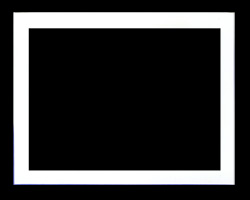I made and inspection cover and backing ring for one side of the tail but now I'm not sure on how to attach it to the fabric once I get that far. I thought it would work just like a regular inspection ring but the nutplates are going to be in the way of it laying flat.
Wondering how others did theirs
thanks
Luke



Comment